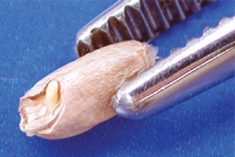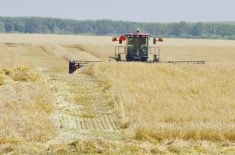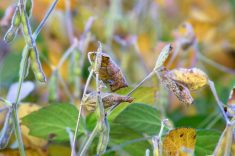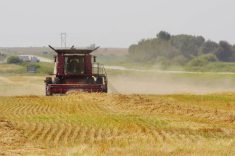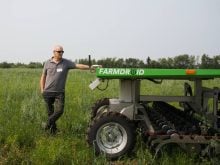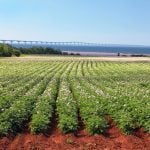For pulse growers used to planting into wet conditions, it’s going to be a year for recalibrating their seeding practices.
The Manitoba Pulse and Soybean Growers (MPSG) has put the word out for producers to watch herbicide carry-over, salinity, and adjust tillage and seeding practices given lacklustre rainfalls in 2017 and snow-bare winter.
Dry conditions were already making waves last year, with parts of central Manitoba reporting 100-150 millimetres less rain than average as of August.
The following months did little to change that. Agriculture and Agri-Food Canada reported between 60 and 85 per cent of normal precipitation in most of agricultural Manitoba from Sept. 1, 2017, to April 26, 2018.
Read Also

Time to be honest about hemp, experts say
Years of hype have given way to a more realistic view of hemp. Farmers and processors say the crop’s future depends on solid agronomy, honesty.
Manitoba’s AgriMaps show soil moisture in most of agricultural Manitoba below 40 per cent of soil volume, while areas like Pierson and Shilo in the west, Winkler, and Gardenton and Menisino in the east have water volume percentages in the teens.
The dry might be bad news for anyone using clopyralid pesticides, MPSG says. The producer group warned that those products need over 175 millimetres of precipitation for microbial breakdown in its first Bean Report publication of the year. Central Manitoba, including popular soybean areas in the Red River Valley, are at high risk for carry-over, according to the report.
The group also warns to avoid extra tillage, which would dry soil more, but to stick to ideal planting dates, since late-seeding crops like fababeans and field peas could mean big drops in yield.
“Possibly, aim towards the deeper end of planting for pulse crops, they’re a larger-seeded crop, to get that moisture contact,” production specialist Cassandra Tkachuk said, adding that farmers may also look at increasing seeding rate.
“In other words, factoring in what your expected seed survival is… you might want to account for maybe a higher mortality rate than in other years,” she said.
MPSG has given three options for dry-season seeding: dusting crops in at normal depth and rate, waiting for rain, or planting deeper.
Producers may also fight with salinity, it warns, given the lack of moisture to wash down salts brought up by the previously high water table.
Daryl Domitruk, MPSG director of research and production, said the dry might also offer a comparison between narrow- and wide-row seeding, since narrow rows close the canopy sooner and may help maintain moisture and close out weeds.




